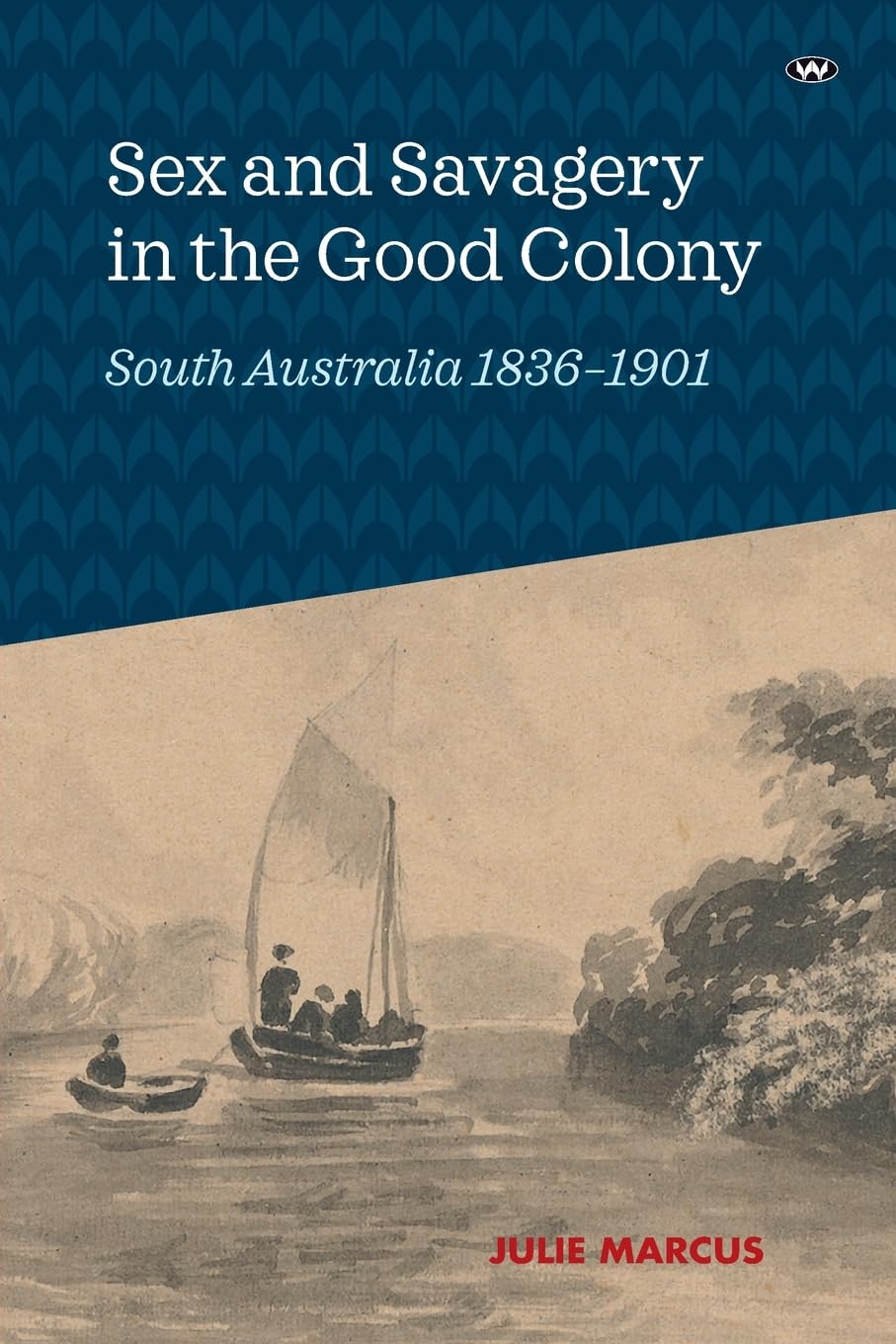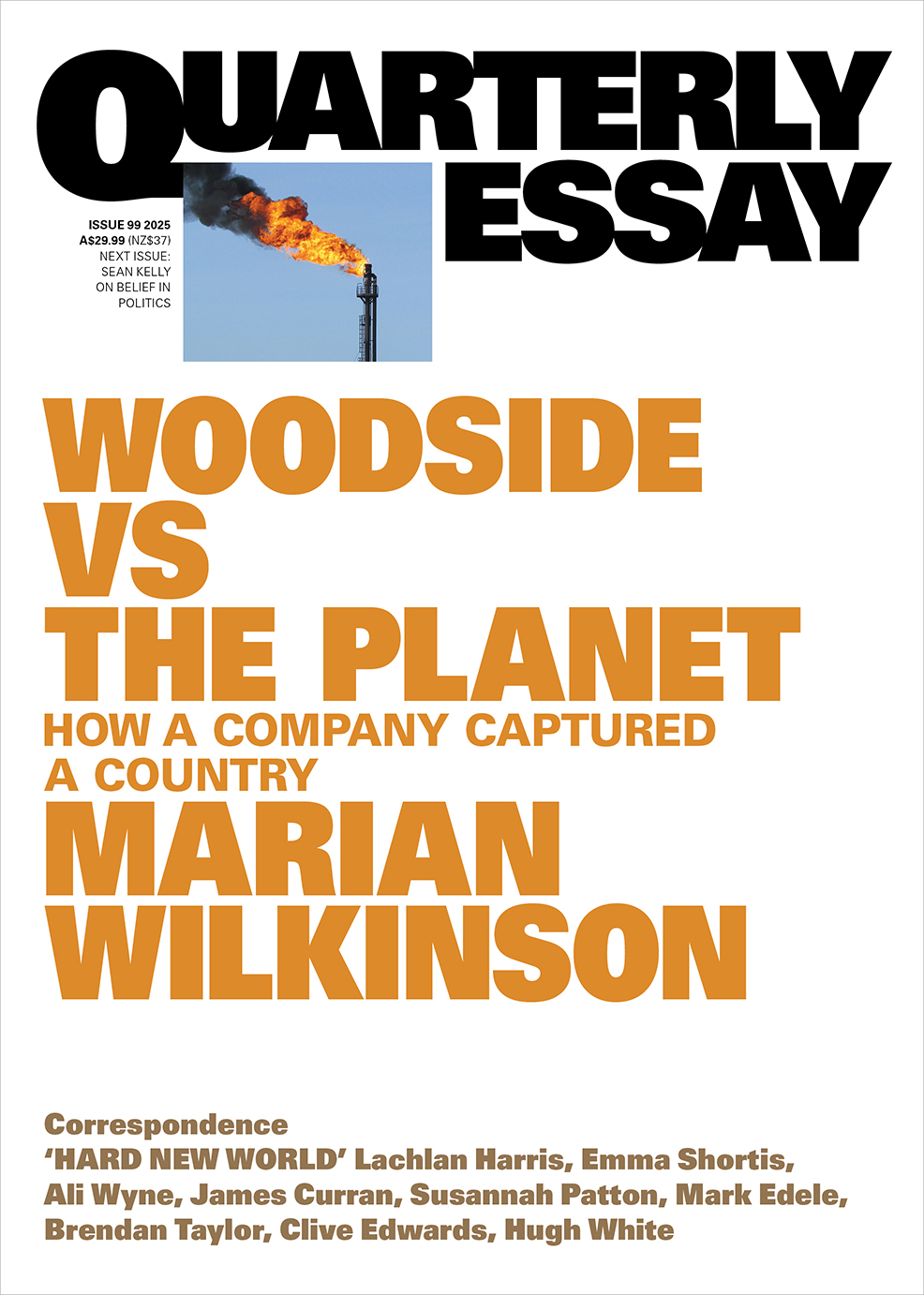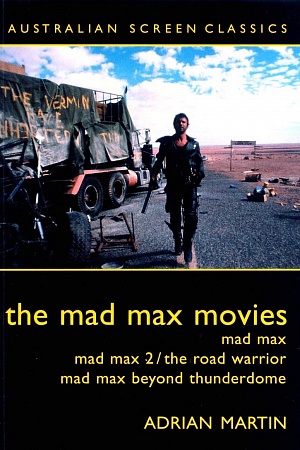Fanzines … 2 or 3 Things I (May) Know About It
Economics
The fanzine is not a magazine. It bypasses and subverts the economics of commercial publishing and it reasserts the creative link between writing and production. Zines can also, because of the ‘terrorism’ of their production and distribution, bypass the convoluted legalistic boundaries of copyright. Graphics, slabs of text, photos, and images are photocopied, scanned, and pasted into fanzine, then cut-up, reassembled, and often made to assume an oppositional symbolic meaning to that of the original image.
Fanzines do circulate in a market but their chain of distribution does not depend on the bloated edifice of commercial publishing. They are distributed through post-office boxes, independent music, and book shops, through nightclubs and through pubs. The individual or individuals who create the fanzine sell their publication directly to friends, peers, and to local shops. No barcodes, no ISBN numbers, no editors or lawyers. The minimal costs of production – all you need is a photocopier and a typewriter or computer (not necessarily even these; some zines are handwritten) – allow for a freedom of expression that is localised and specific. Most fanzines speak from particular sites of subculture or identity. Punk, hip-hop, thrash metal. Feminist, anarchist, skinhead. But this circulation, though limited in terms of quantity of production, can be expansive in terms of geography. A friend of mine who produces a fanzine receives feedback from Los Angeles, Amsterdam, and Athens. Fanzines are often concerned with questions of music, pop culture, and radical aesthetics and their circulation across territories and locations speaks to the globalisation of culture/fashion. Fanzines are literally part of a ‘black market’. This is not to say that they are outside the control of the commercial and legal bureaucracies of capitalism, but rather they circulate ‘beneath’ and ‘tangental’ to the capital Market. (In 1995 an anarchist bookshop in Melbourne, Barricade Books, was raided by the police and the workers arrested for displaying a pamphlet on homosexuality and anarchy. They were charged with displaying obscene material in a public place. Battles against censorship remain a priority for many individuals involved in fanzine production.)
Punk
The first fanzine I ever saw was a rough ten pages of typewritten text devoted to thoughts about the punk band Buzzcocks. It ranged from badly reproduced photos of the band to sexual imaginings about the (ungendered) writer and his/her obsession to get the band into bed. The emergence of a punk aesthetic which argued that you needn’t be a singer to sing or a musician to play an instrument acted as an impetus to fans of punk music to produce their own publications devoted to individual thoughts and musings. You don’t need to be a writer to write, a publisher to publish. The aesthetics of punk were cheap, confrontational, and, most particularly, anti-professional. The producers of fanzines don’t necessarily have to concern themselves with questions of readability, accessibility, and quality which are of paramount concern to commercial publishers and to commercial writers.
Punk imploded and gave rise to the New Wave and to an increasing demarcation of musical genre and subculture. This splintering had the effect of destabilising the dichotomy of mainstream/alternative on which punk music depended for its identity. Quickly the punk style became assimilated into a fashion conscious youth culture, epitomised by the success of magazines such as The Face and ID. The confrontational graphics of punk, symbolised best by the poster for the Sex Pistols’ ‘God Save the Queen’ single (Queen Elizabeth with a safety pin through her nose), found their way into commercial popular culture but competed for space with the increasingly classical lines, typography, and imagery of the New Wave. Rap and hip-hop also began to have an increasing global audience and its initially confrontational statement of black-American frustration clearly revealed the racist underpinning of western popular music. The pale-faced punk culture could not compete with the urgency and power of rap and the punk slogan ‘Death to Disco’ took on uncomfortably subtle racist connotations when hip-hop was revealing the rich history of funk.
The fanzine did not die. They continued and continue to be produced but its association with the specific locations and aesthetics of punk undermined its relevance to the new identifications with hip-hop, reggae, industrial, goth, house, new wave, call it what you like.
Pre-Punk
The fanzine may be identified with punk but its history can be traced further back to the experimentations of the Dadaists and the Situationists. The Constructivist graphics of the early Bolsheviks also continue to supply inspiration to current fanzines. Pamphlets and newsletters of the left and of the right can also be understood as predecessors to the fanzine, both in terms of economy of production and in that they were communicating an urgency to, again, a specific and localised audience. The excursions into cut-ups and assemblage art also act as a reference point to a hesitant history of the fanzine. The effect of punk was to assert the primacy of music culture as the direct reference point around which fanzines circulated. This is not to argue that fanzines do not often have a direct political and/or intellectual intent but rather that the mutating forms of western popular culture became the focal points around which identification was inscribed. I want to resist an easy equation of fanzine culture with anarchist or left-radical politics. Fanzines can be a call to revolution, a critique of capitalism, but more often they are a send-up of Barbie, an attack on Madonna, or a celebration of a local garage band.
One precursor to the fanzine I came across in a second-hand bookshop years ago was a six-page photocopied collection of homosexual pornographic writing from the late 1960s. These small pamphlets circulated through the urban American homosexual communities before the rise of Gay Liberation. Though their production is confrontational and necessarily political in that it is a response to the censorship and repression of the period, the pamphlets’ uncritical celebration of pornography and violence (a couple of stories are about the pleasures of bashing) cannot be adequately made sense of within our dominant political paradigm of left-wing/right-wing. Porno fanzines still circulate but even more covertly than music fanzines. This is still an area where the State will not look the other way when it comes to the black market economy of the Zine.
Sampling
Cut-up, assemblage, juxtaposition are terms widely understood to refer to practices within the visual arts. Rap music popularised the use of the cut-up in music by relying on the technology of the computer to remix, reassemble, and distort recorded music into new configurations and sounds. Sampling quickly became embroiled in legal questions of copyright but its influence has been vast across the genres of what constitutes popular music in our contemporary world. This is not a digression from a discussion of fanzines. The technical experimentations of rap and hip-hop accelerated the breaking down of divisions which had segregated music into black/white, rock/funk, art/pop. In the late 1980s with the ascendancy of acid-house this cross fertilisation of musical genres allowed for the hard beats of house music to be matched to the thunderous chords of bass guitars. In late 1977 punks maintained a clear-cut separation between themselves and other musical subcultures. Nearly twenty years on this segregation no longer seems viable or necessary. The mainstream may still exist – the play list of the Top 40 – but even there the explosion of musical genre is visible. A rap record is number one. At number five is a song that is reminiscent of the Beatles. Grunge at number thirteen and funk at twenty-three. Within a particular youth subculture an understanding of a tribal ‘us’ may still be at play, a rigid definition of style and attitude, but the ‘them’ it is in opposition to is no longer clear-cut for the cultural landscape is now too diffuse. In 1996 the fanzine can no longer be simply identified with punk.
Riot Grrls/Homo Core
In 1995 Anne Summers published an article in The Good Weekend, the yuppie supplement of The Age and The Sydney Morning Herald, in which she decried the lack of commitment to feminism from contemporary young women. What struck me as absurd about the article was that around me I had visible signs of a passionate engagement with feminist politics by women as young as twelve. The Riot Grrl scene developed in the early nineties, loose collectivities of women who shared a passion for loud music and a commitment to breaking down the gendered divisions of popular culture. Girls with guitars or with samplers were on stage and on CD, but they were also producing fanzines, writing on the Internet, and sending out vitriolic posters and pamphlets arguing for the necessity and imperative of feminist politics. Much of the musical influences of Riot Grrls could be traced to punk but in their engagement with politics of race and identity, the influence of other musical forms was self-evident. Gloria Gaynor’s disco anthem I Will Survive may be as much of an influence as X-Ray Specs’ punk anthem Bondage, Up Yours! While the daily tabloids moaned about political correctness, fanzines were being produced that cared not a toss about the acidity of their observations or the partisan nature of their proclamations.
My reintroduction to the validity of the fanzine came with a growing awareness of the Homocore movement, a burgeoning subculture of gay and lesbian punks who were sick of the homogenising lifestyle politics and aesthetics of the urban commercial gay culture. My awareness of homocore came from reading cheaply produced fanzines from the US and the UK which ranted against the body-fascism of gay culture and which incorporated porn, politics, and music reviews in one grand, incoherent, and vibrant mess. In Melbourne a homocore fanzine, The Burning Times is being produced which allows for debate, dialogue, and passion not visible in the slick ‘official’ gay magazine, Outrage. The Burning Times is part of a media intervention which refuses to be dictated by the economic concerns of mainstream gay publishing and refuses to concede to notions of sexual identity as coherent or uncontradictory. And by not prefacing homosexual identity as consumption oriented it does not depend on the market forces of publishing to allow its contributors and artists to have a voice. This is not to say that The Burning Times will not alienate some people but in the cut and paste world of the fanzine the response is simple. Create your own fanzine and give yourself a voice.
Apologia
The above is not an attempt to explain or justify the fanzine. The existence of fanzines is proof enough of their necessity and impact. The economic ‘black market’ of the fanzine finds its symbolic correlation with the ‘underground media’ of art terrorism. By art terrorism I mean symbolic, creative activity that attempts to subvert and confront the meanings and disseminations of popular media (everything from billboard graffiti to the zaps of ACT-UP and the Guerrilla Girls Art movement). In a world increasingly dominated by the proliferation of the image the fanzine, by prioritising creativity and localised production, enables a countering of the passivity demanded by the television and the computer terminal. Whether handwritten on paper or transmitted through the Internet the fanzine refuses to acquiesce to a reduction of human subjectivity to the level of consumption. I’m not celebrating the fanzine because it is necessarily radical or alternative or transgressive. It can also be conservative or banal or infantile. But by delineating a space within which any individual or collectivity can labour to create, to experiment, to get a view across into public discourse, the fanzine allows for a media practice which is ultimately egalitarian and which will not be silenced by the dominance of the media moguls. Imagine a fanzine devoted to cruel ways of assassinating Ray Martin and Jana Wendt, or a fanzine juxtaposing the golden arches of McDonald’s over the blood-filled floor of an abattoir.
The fanzine can be about anything and by anyone. This is what is worth celebrating.











Leave a comment
If you are an ABR subscriber, you will need to sign in to post a comment.
If you have forgotten your sign in details, or if you receive an error message when trying to submit your comment, please email your comment (and the name of the article to which it relates) to ABR Comments. We will review your comment and, subject to approval, we will post it under your name.
Please note that all comments must be approved by ABR and comply with our Terms & Conditions.